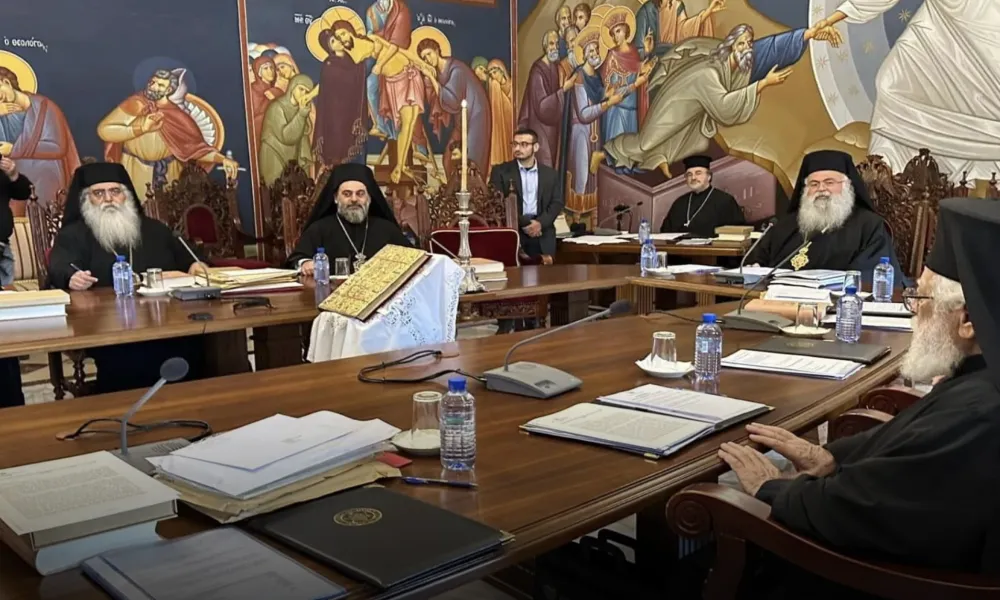The state subsidy to the Church for covering part of the salaries of rural clergy and clerics from religious minorities is set to reach €9.1 million in 2026. This financial support includes clergy from the Maronite Archbishopric, the Armenian Church, the Latin Church, and the Monastery of Saint Chrysostomos, which falls under the jurisdiction of the Greek Orthodox Patriarchate of Jerusalem.
In 2022, the state contribution stood at just over €7 million. According to the 2026 state budget currently before Parliament for approval, the subsidy is expected to rise to €9.5 million by 2028.
This state assistance is based on an agreement dating back to the time of Archbishop Makarios III, who was both President of the Republic and Archbishop, under which the state undertook to subsidise part of the clergy’s salaries. This agreement was revised in 2019 with a law titled The State Assistance to the Parish Clergy of the Greek Orthodox Church of Cyprus Law.
The financial support is granted in exchange for the transfer of 15,564 hectares of Church-owned agricultural land to the state. Notably, 73% of this land is located in the north.
€60 million in subsidies over seven years
An analysis of state budgets and payments made by the Treasury of the Republic shows a steady increase in the subsidy:
-
€7.2 million in 2022
-
€7.6 million in 2023
-
€8.3 million in 2024
-
€8.8 million allocated for 2025
-
€9.1 million proposed for 2026
-
€9.3 million estimated for 2027
-
€9.5 million projected for 2028
In total, over €60 million is expected to be disbursed between 2022 and 2028.
Terms of the agreement
Under the 2019 law, the number of clergy eligible for the state subsidy was defined as follows:
-
760 priests from the date the law came into effect until 31 December 2020
-
800 priests from 1 January 2021 to 31 December 2023
-
850 priests from 1 January 2024 to 31 December 2025
-
From 1 January 2026 onwards, the number will increase annually by 0.5%
Each eligible priest currently receives €681 per month, a figure adjusted in line with general salary increases and cost-of-living allowances granted to public servants.
The subsidy is paid by the Treasury directly to the Payroll Authority of the Parish Clergy, under the Central Ecclesiastical Fund of the Holy Synod. The Church is then responsible for administering full payment to the clergy through its own mechanisms.
A decision rooted in history
The initial proposal for the state to cover part of the salaries of rural clergy was submitted to the Council of Ministers by Archbishop Makarios III on 11 February 1971. At the time, the Church faced severe financial difficulties in meeting its obligations.
The agreement included the transfer of 15,564 hectares of Church land to the state. Although a relevant bill was submitted to Parliament in 1973, it was later withdrawn. Nonetheless, the agreement was implemented, with the state assuming part of the clergy’s payroll obligations. The official transfer of Church-owned land, however, only took place in recent years.
